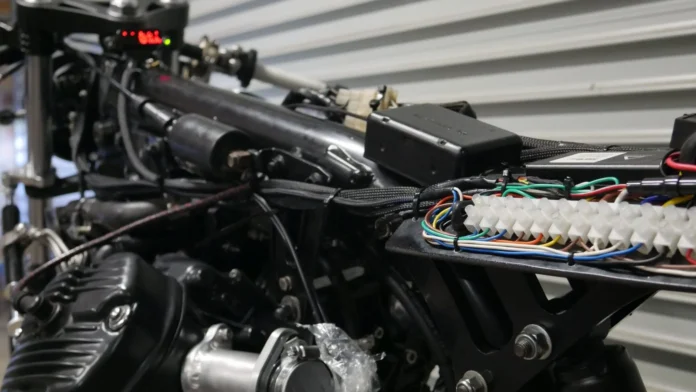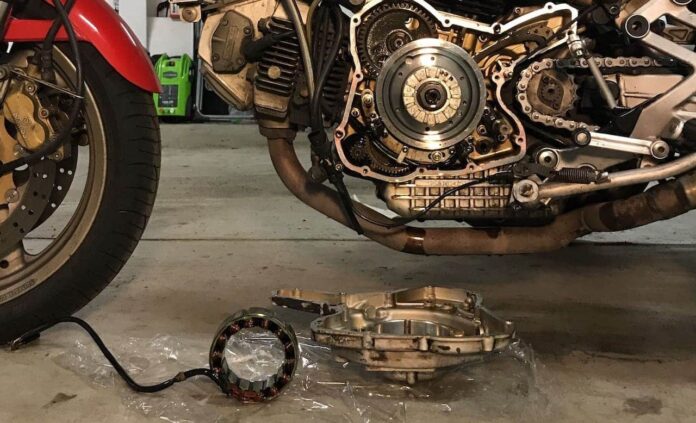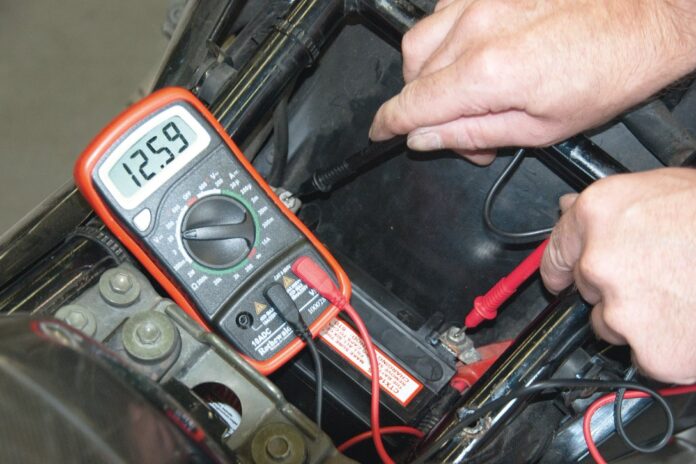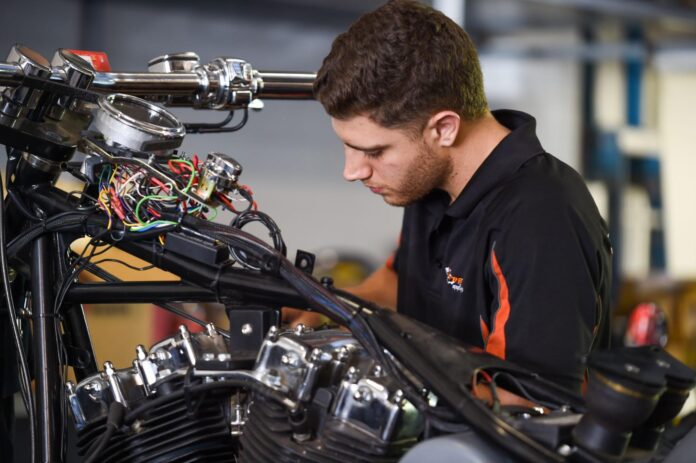Riding a motorcycle brings an unmatched sense of freedom. However, that exhilarating feeling can quickly turn into frustration when you encounter electrical problems. Whether you’re a seasoned rider or new to the world of motorcycles, knowing how to diagnose and fix these issues is essential.
This guide will help you identify and troubleshoot common electrical problems, so you can get back on the road with confidence.
The Basics of Motorcycle Electrical Systems
Your motorcycle’s electrical system is like the nervous system of the bike. It powers the lights, ignition, fuel injection, and other essential components. The key players include the battery, alternator, rectifier, and wiring harness. Understanding these components will make it easier to pinpoint problems. For more valuable guidance on maintaining your bike, visit https://motorbikefans.com/.
Common Electrical Problems and Their Symptoms

Recognizing the common problems and their symptoms is crucial for a quick diagnosis and fix:
Dead Battery
A dead battery is a frequent culprit when your motorcycle fails to start. Signs of a failing battery include dim or flickering lights, a weak horn, or the engine refusing to crank. Batteries can lose their charge due to old age, lack of maintenance, or a malfunctioning charging system.
In cold weather, batteries can also struggle to hold a charge, making it essential to monitor their health regularly. If your battery repeatedly dies, it could indicate a deeper issue within the electrical system, requiring further investigation.
Blown Fuses
Fuses are crucial safety components in your motorcycle’s electrical system. They protect against electrical overload by breaking the circuit, preventing potential damage. A blown fuse can cause specific components, such as headlights or turn signals, to stop working suddenly.
This issue often arises from using accessories that draw too much power or from a short circuit. Checking the fuse box should be one of the first steps if a particular feature on your bike stops functioning. Always replace blown fuses with ones of the same rating to avoid further complications.
Faulty Wiring
Wiring problems can cause a range of electrical issues, from flickering lights to accessories that work sporadically. These problems often result from corroded connectors, frayed wires, or poor installation practices.
Over time, exposure to the elements can cause wires to degrade, leading to intermittent failures. Faulty wiring can be particularly tricky to diagnose because the symptoms can be inconsistent.
Malfunctioning Alternator or Rectifier

The alternator and rectifier are essential for keeping your motorcycle’s battery charged. The alternator generates electricity as the engine runs, while the rectifier converts this electricity into a form the battery can use. If either component fails, your battery won’t receive a charge, leading to a gradual loss of power.
Symptoms of a failing alternator or rectifier include dimming lights, especially at idle, and a battery that frequently goes dead. It’s crucial to test these components if you notice your bike’s electrical system behaving erratically, as neglecting them can lead to more severe issues.
Tools You’ll Need
To diagnose and fix electrical issues, you’ll need a few basic tools:
- Multimeter ─ For measuring voltage, resistance, and continuity.
- Screwdrivers ─ To access electrical components.
- Wire strippers and crimpers ─ For repairing wiring.
- Electrical tape ─ For insulating wires.
- Battery charger ─ To charge the battery if needed.
Step-by-Step Troubleshooting Guide
Here’s what to do:
Check the Battery
Start by visually inspecting the battery for any obvious signs of damage, such as corrosion on the terminals or a swollen battery case. Use a multimeter to measure the battery voltage; a healthy battery should read around 12.6 volts when fully charged.
If the voltage is low, try charging the battery and perform a load test to check if it holds the charge. A failing battery won’t maintain a charge, indicating it needs replacement. If the battery checks out, move on to other components to find the issue.
Inspect Fuses
Locate the fuse box, typically found under the seat or near the battery, and carefully remove the fuses. Inspect them for any signs of damage or burn marks, indicating a blown fuse. Replace any blown fuses with new ones of the same rating to ensure the system’s safety. It’s also a good idea to carry spare fuses, especially if you frequently travel long distances.
Examine Wiring

Visually inspect the wiring for any signs of wear, such as cracks, corrosion, or exposed wires. Use a multimeter to check for continuity in the wiring, ensuring that electricity can flow freely. If you find any damaged sections, repair or replace them as necessary. Properly insulating any exposed wires with electrical tape can prevent short circuits and other issues.
Test the Charging System
Start the motorcycle and measure the battery voltage while the engine is running. The voltage should increase to between 13.5 and 14.5 volts, indicating the alternator is charging the battery. If the voltage doesn’t rise, check the connections to the rectifier and alternator.
Test the output of these components to ensure they are functioning correctly. If you suspect a problem with the charging system, it’s crucial to address it promptly to avoid getting stranded with a dead battery.
Preventive Maintenance Tips
Regular preventive maintenance can help you avoid most electrical issues. Start with regular battery checks, cleaning the terminals, and checking the voltage to ensure it’s holding a charge.
Ensure all wiring is secure and protected from the elements, as exposed wires can lead to corrosion and shorts. Regularly inspect and clean connectors to prevent corrosion, which can cause intermittent problems. Applying dielectric grease to connectors can protect against moisture, extending the life of your electrical system.
When to Seek Professional Help

While many electrical issues can be addressed at home, some problems may require professional expertise. If you’re unsure about diagnosing or fixing an issue, or if the problem persists despite your efforts, it’s best to consult a qualified mechanic.
They can perform more advanced diagnostics and repairs, ensuring your motorcycle is safe and reliable. Don’t hesitate to seek professional help, especially if you’re dealing with complex electrical systems or high-voltage components.
To Sum Up
Regular maintenance and quick response to issues can prevent minor problems from becoming major headaches.







